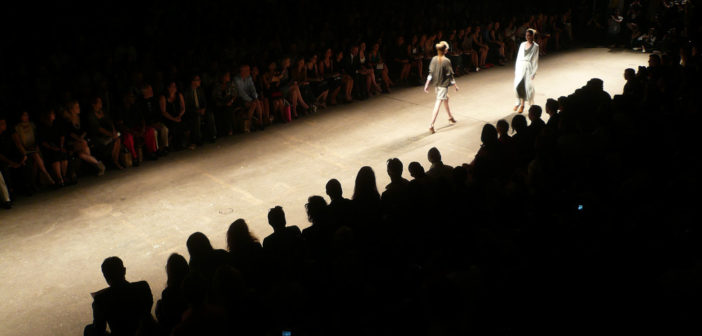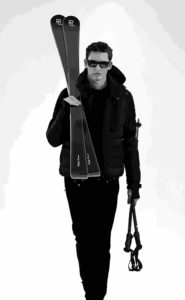Ralph Lauren’s fall 2016 menswear show was nothing particularly new for the 49-year-old fashion brand. All neutral colors, outdoor inspired fabrics and an actual skiing ensemble were the overarching themes. Both neutral colors and outdoor inspired fabrics were motifs in the fall 2016 ready-to-wear collection as well. For a high fashion brand, Lauren tends to cater to the sportier side of American men and women in 2016.
But is the sporty look still what fashion-savvy men want?
Today, many within the fashion industry, particularly menswear, point to the exit of several long-time creative directors, artistic directors and even designers within industry as the underlying issue that’s causing a decline in menswear sales.
But is this due to the lack of staff in the industry or the changing tastes of consumers? Guy Trebay, a New York Times fashion writer, believes that this is not because of flighty personnel, but the changing habits of consumers that triggered this change.
But this change started long before 2016. Lauren strutted onto the scene in 1967 with his now internationally known line, Polo Ralph Lauren. From the start, Lauren knew what it took to make clothes sell. He knew men would not buy into the high fashion world that womenswear was engulfed in.
Wall Street Journal writer, Teri Agins, quotes Lauren on his view of American fashion in her book “The End of Fashion:” “We created sportswear. Ours is a more modern culture because of the way people live. We travel, we’re athletic, we move. Americans are the leaders because we know how to do sportswear better here than anywhere else.”
And this is evident in the way men dress today. Beginning in the 1980s, men let go of the business suit, a symbol of status and power, in favor of khakis and knit shirts, said Agins.
In contrast, Europe has kept more professional standards despite the influence American fashion has had on the international market.
Enrique Velasco-Sanchez, an international student from Spain, is often seen walking around campus wearing a suit or a pair of chinos with a button-down shirt and sweater. You will never catch him wearing a pair of sneakers. This is normal for him.
“Students think that looking professional is not important,” Velasco-Sanchez said, but in Spain it’s disrespectful to look unprofessional.
If it’s comfortable and easy, Americans will wear it, but this level of casualness is not seen in much of Europe. Velasco-Sanchez also added that on one of his first days of class in Madrid, the dean came to speak to the economics’ students. They were told that all students were to wear button-downs and leather shoes. Jeans were acceptable, but slacks were a better option. Wearing a hoodie or a pair of sweatpants would be an easy way to be kicked out of class.
The athletic saturation here in the States is almost non existent in England. There are no school-associated teams, just club athletics, so students aren’t often seen going straight from practice to class or vice versa.
“You don’t really see someone walking around in athletic clothes unless they’re coming from the gym or a run or something,” said Terri Cains, an international student who studies at the University of Canterbury in England.
But this doesn’t mean they dress up every day. Cains said the typical English student will wear jeans, a T-shirt and “trainers” to class. In the cooler months, they layer with “jumpers” and coats, no hoodies or sweats there either. This kind of dress is seen here as well, but less often.
Could this be because of choice or necessity? “I think that it’s more of a necessity than a style choice,” said Cains on American students’ casualness. “It’s hard with early classes to get up and put on a nice outfit.”
Adam Spaccapaniccia, a North Central College senior and track athlete, agreed. “It’s definitely easier and faster (to wear sweats), but I tend to find myself doing that if I wake up late before class,” said Spaccapaniccia.
He also said that it would be easier to find a better outfit if he had more options at his disposal other than athletic clothes. “I find it harder when I want to wear an outfit, but I don’t have the right shoes for it or enough pant or shirt options.”
Lauren started something back in 1967 that continues to be a trend today. Sportswear was the style that stuck and whether fashion people like it or not, sweats are here to stay. Designers have even begun to produce so-called “fashionable sweats” for those who just can’t bear to wear a decent pair of pants.


